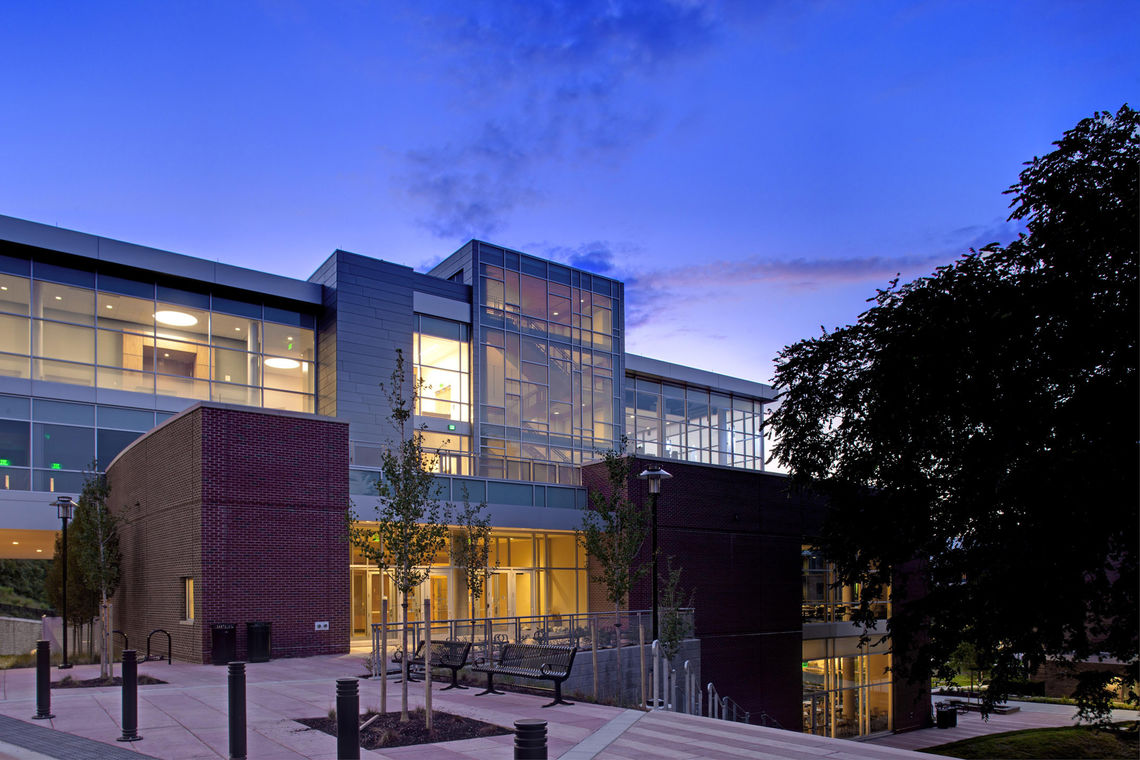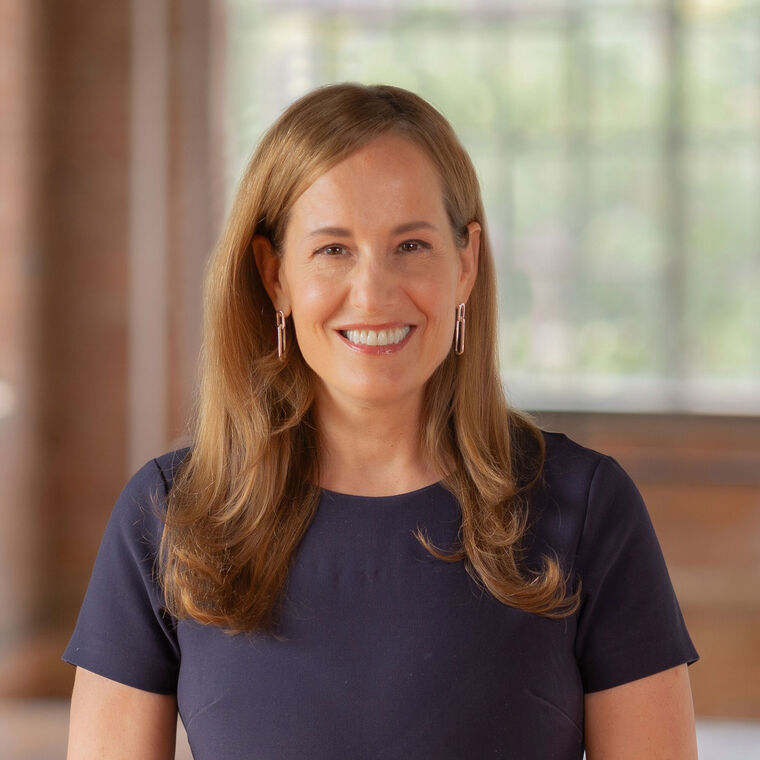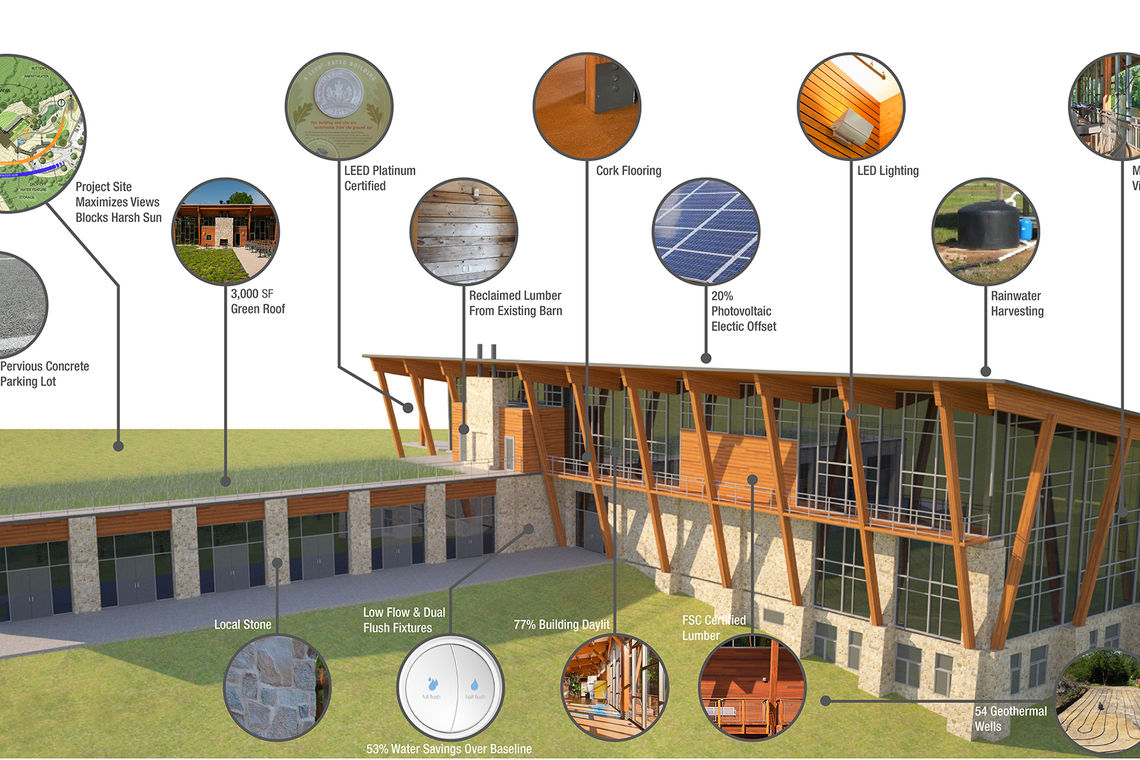$1 million. That’s the annual savings in energy costs that Towson University in Towson, Maryland is realizing across their 50-building campus, thanks to their ongoing, intensive efforts to modify their lighting practices. How did they do it?
GWWO and Towson University recently hosted Dennis Bohlayer, Towson’s Director of Energy Engineering and Conservation, and Stephen Kolb, Towson’s Energy Manager, so they could share their story with a group of interested representatives from other campuses and K-12 school systems. Four essential factors formed a foundation for Towson’s success: Partnering; Advance Testing; Communication; and Measurement. Let’s take a look at how these factors contributed to their trailblazing work.
Partnering:
Maryland’s state government mandated that regional energy delivery companies develop programs to reduce energy consumption, including through lucrative consumer incentives. By partnering with Baltimore Gas & Electric’s program BGE Energy Savers, Towson has received $1.8M towards the cost of the improvements in lighting technology on campus. Money talks! With the projected installation and energy costs savings in hand, Towson’s executive administration fully supported the technical staff’s multi-year implementation plan. Teaming up with an Energy Service Contractor (ESCO) facilitated Towson’s early projects by providing initial funding in exchange for a share of the incentive rewards. Towson has also strategically partnered with manufacturers, enabling them to apply products in their most effective applications, to monitor and implement rapidly changing technologies, and to take advantage of rapidly descending product costs.
Advance Testing:
Towson capitalized on their manufacturer relationships by requesting support for extensive product sampling and mockup installations. Studying the installed products closely provided facilities personnel with a much deeper understanding of quality, maintenance accessibility, and performance characteristics than they would have learned from a glossy brochure, and enabled them to make informed product selections. Towson’s Facilities Department also used mockups as a key communication tool to demonstrate end results to the University’s administration, faculty and students.
Communication:
Towson’s Facilities Department sees building occupants–faculty and students–as their customers. Customer satisfaction is of critical importance in their eyes–and they understood that to attain it, communication was paramount. They first focused on the “Why” by utilizing “loggers”–localized data collectors which proved that lights stayed on (sometimes 24/7!) in unoccupied spaces; metering, which exposed too-high light levels; and cost projections, showing dramatic savings potential. Next, came the “How” – they demonstrated what a lighting renovation would look and feel like in a typical classroom, lab, or parking area by installing representative mockups. And finally, the “When” -occupants received personal advance visits, emails, snail mail, and even door hang tags detailing timing, duration and details of the planned work in their space. Dennis and Stephen admit that inertia is a powerful force–understandably, faculty feel passionately protective about maintaining the familiar status quo in their spaces. Convincing building occupants that improved lighting quality would be the end result was one of their biggest challenges, but hearing accolades and requests for expansion of projects’ reach afterwards was also one of their most meaningful rewards.
Measurement:
Without verification of the anticipated benefits, including reduced energy consumption, improved lighting quality and increased user satisfaction, Towson would not have been able to consistently improve their strategy. Metering and monitoring, and enabling students and faculty to see the data in real time on video screens, has been a valuable tool in their ongoing work.
Dennis and Stephen’s passion for their energy conservation mission is evident in the zeal with which they pursue their work. They advise building owners to always keep energy conservation as part of the main facilities focus – to consistently give it a seat at the planning table.
For more information on Towson’s initiatives and lighting advancements in learning and campus environments, contact GWWO Principal Terry Squyres at tsquyres@gwwoinc.com.




